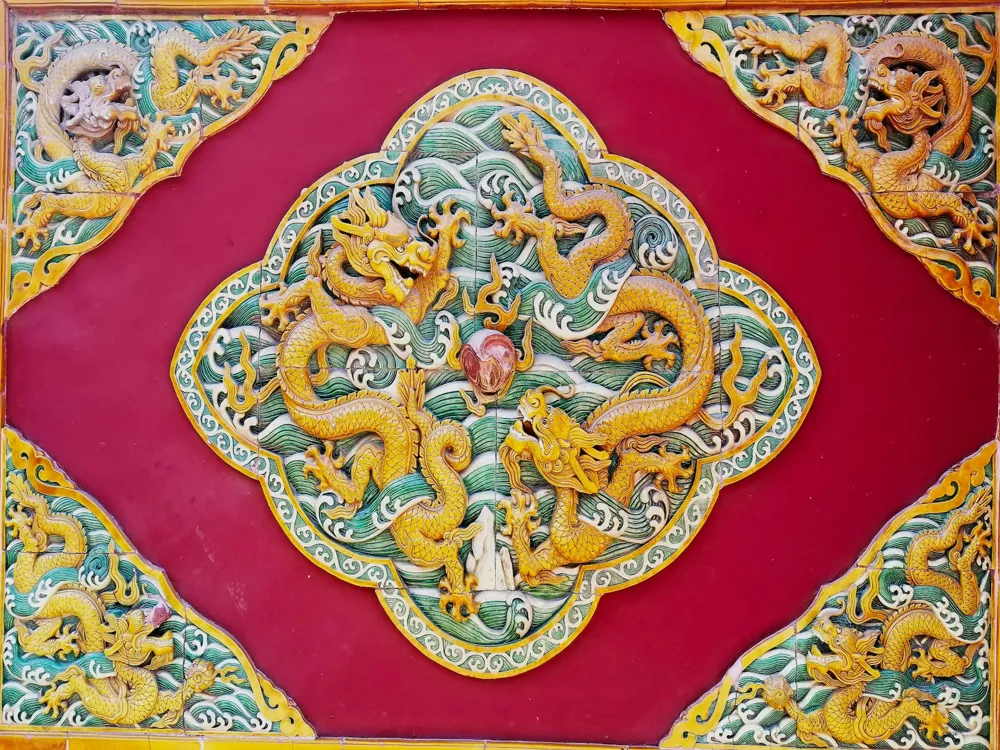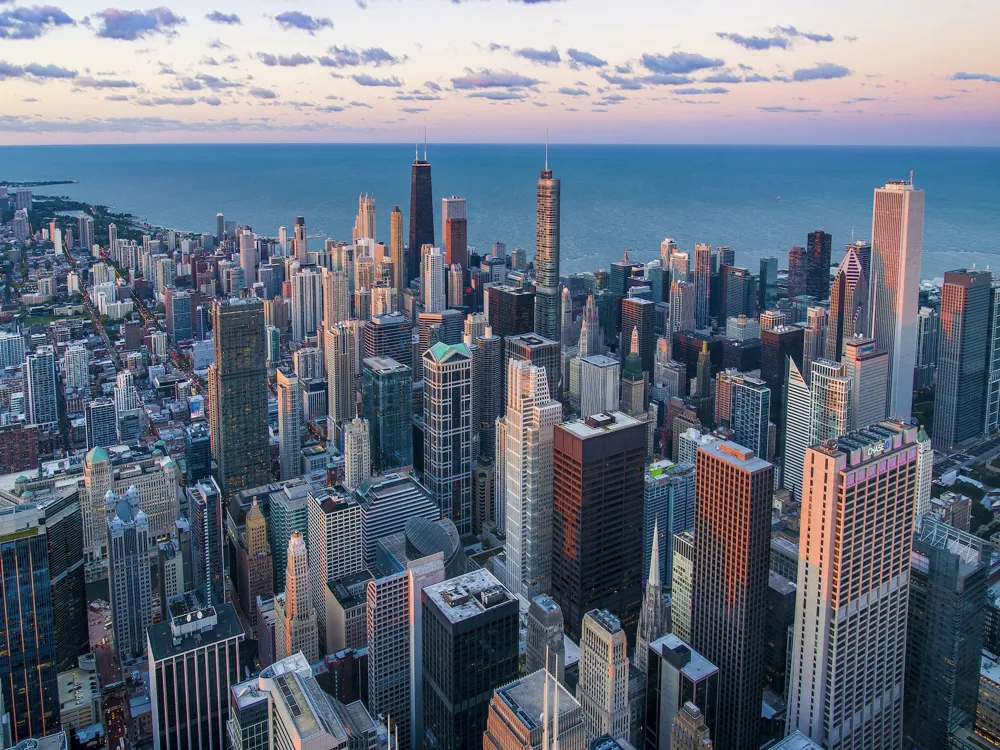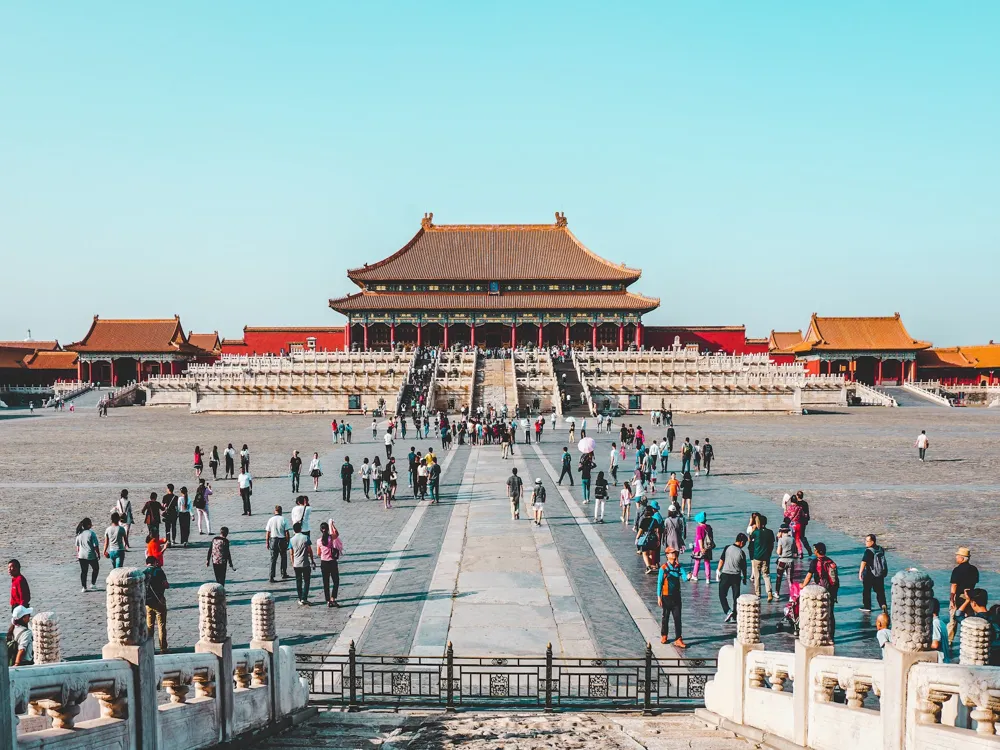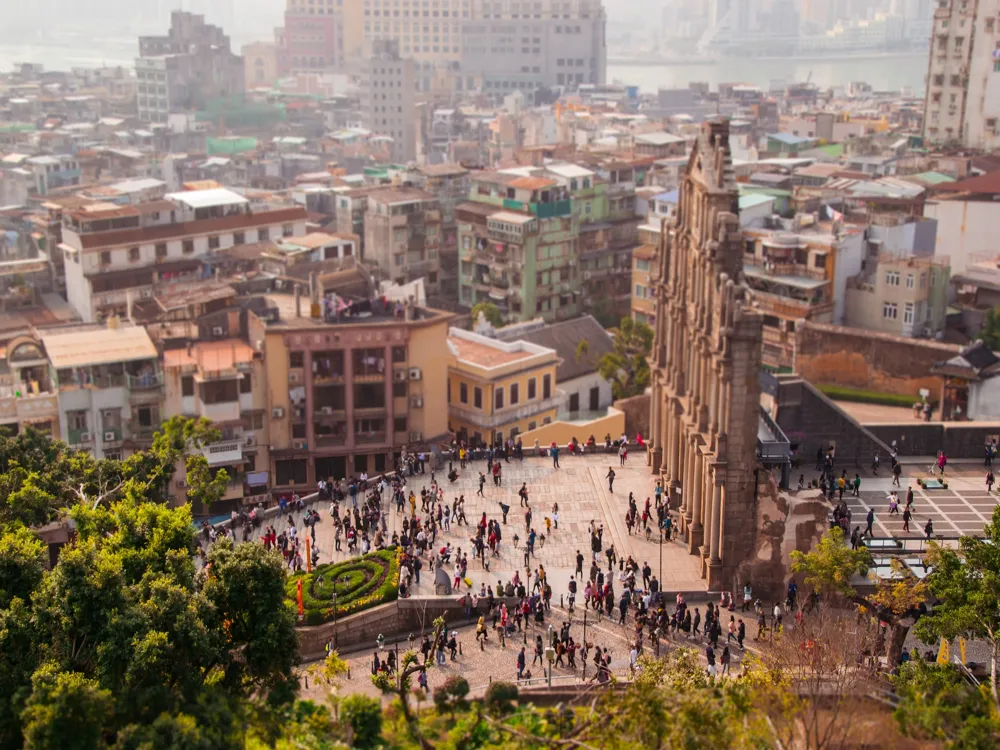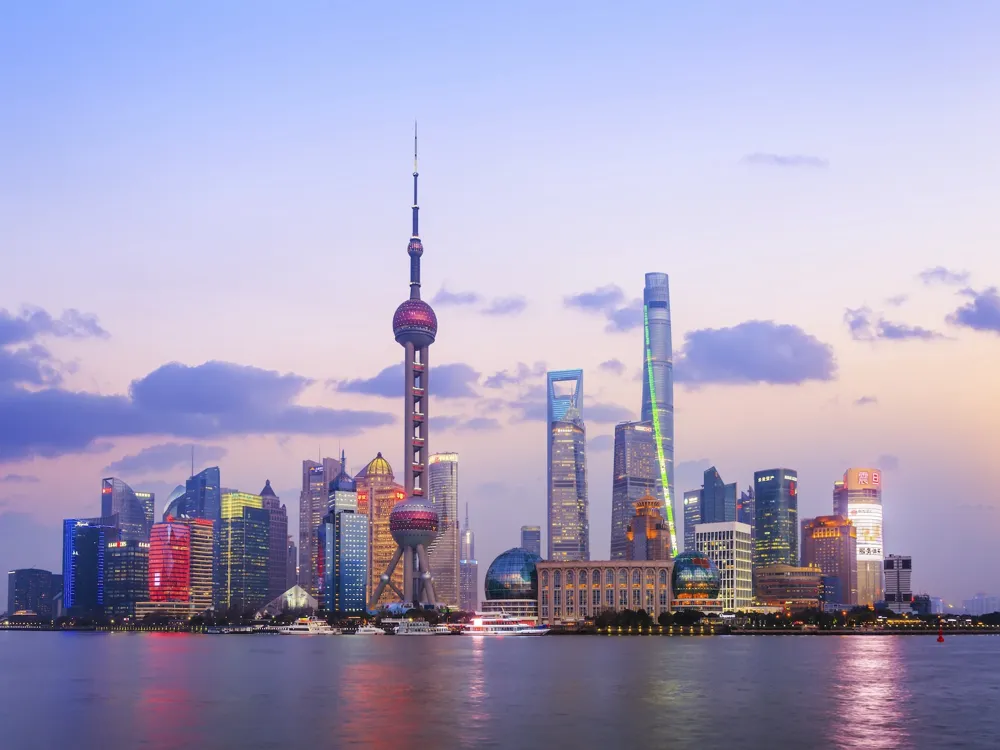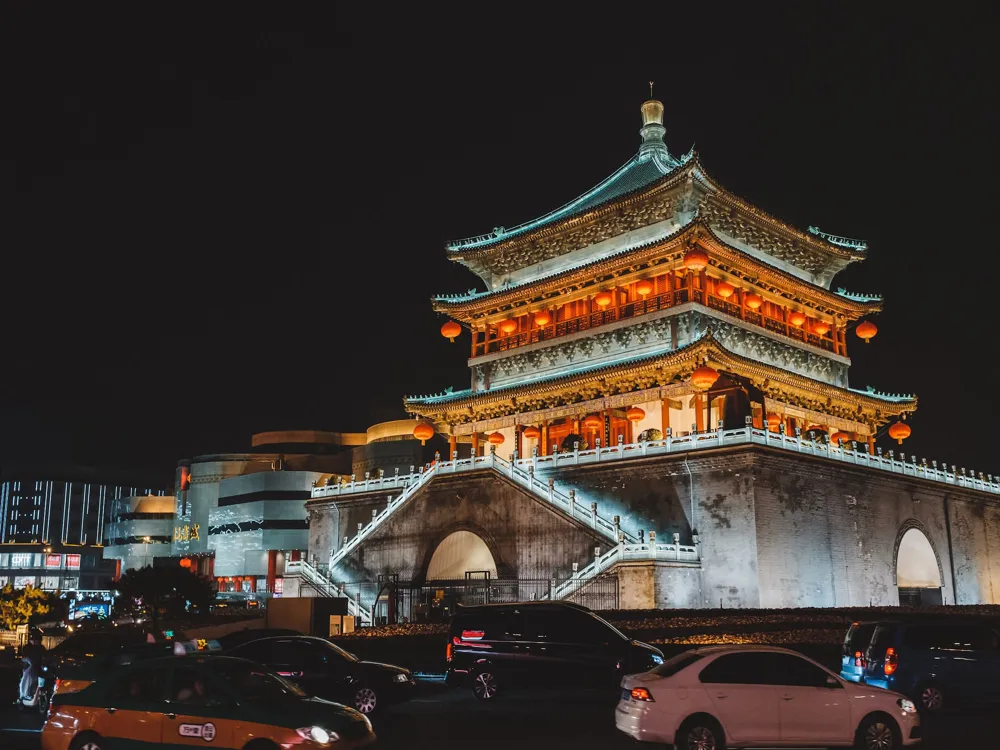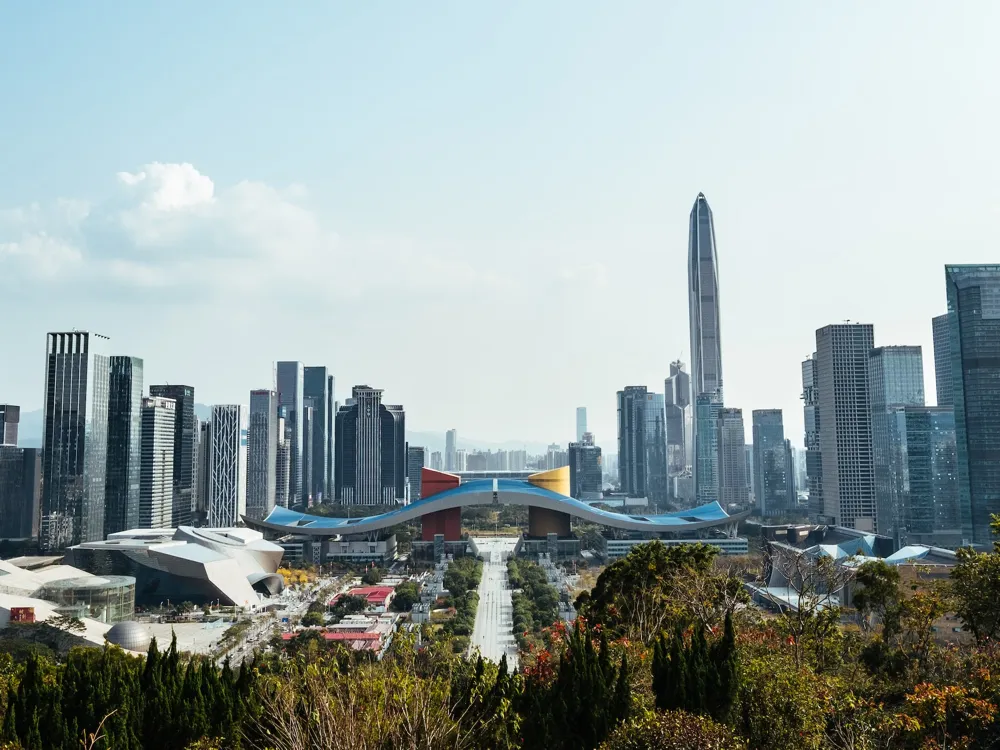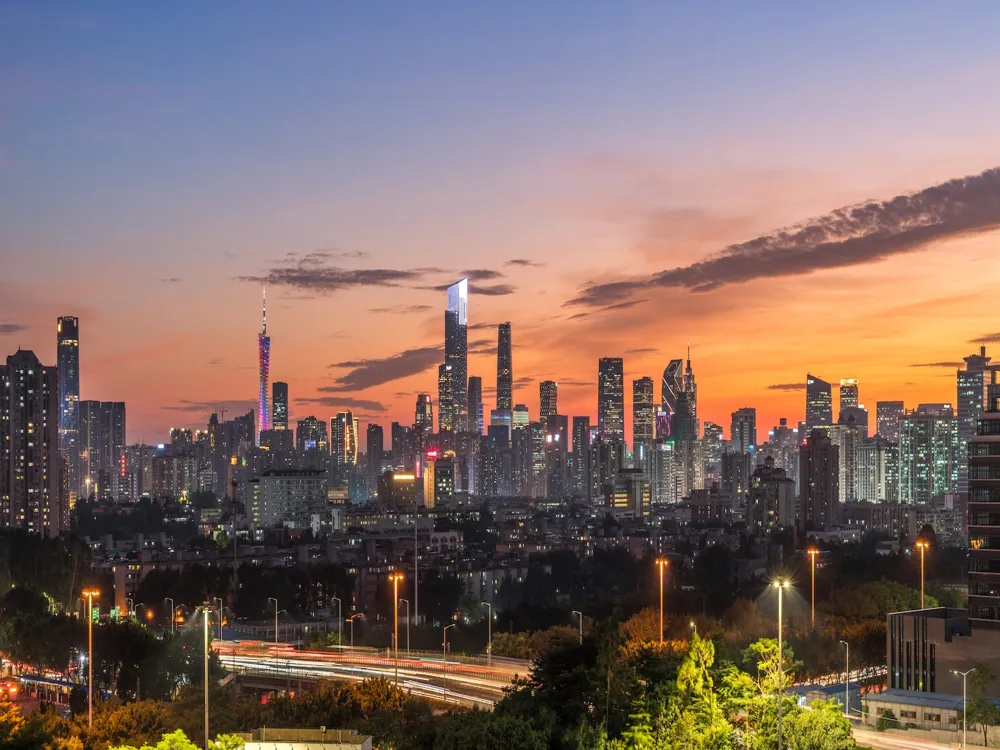Beijing, the capital city of China, is a remarkable blend of ancient history and modern development. Known as one of the world's oldest cities, with a history dating back three millennia, Beijing is the heart of China's political, cultural, and educational landscape. The city is renowned for its opulent palaces, ancient temples, and vast stone walls and gates. Its art treasures and universities have long made it a center of culture and art in China. As you explore Beijing, you'll find a city that has skillfully preserved its past while embracing the future. Traditional hutongs (narrow lanes) and courtyard houses sit in the shadow of towering skyscrapers, creating a unique urban landscape that reflects the city's evolution. Beijing's rich history can be seen in its well-preserved ancient buildings and UNESCO World Heritage Sites, such as the Forbidden City, Temple of Heaven, Summer Palace, Ming Tombs, Zhoukoudian, and parts of the Great Wall and the Grand Canal. Despite its impressive past, Beijing is not a city that dwells on history alone. It's a vibrant metropolis that's constantly moving forward, evident in its modern architecture, bustling shopping districts, and a burgeoning arts scene. The city's culinary landscape is as diverse as its culture, offering everything from traditional Chinese dishes to international cuisines. Beijing's architecture is a tapestry of styles that depict the city's long and tumultuous history. From ancient temples to modern skyscrapers, Beijing's buildings tell a story of a city that has repeatedly reinvented itself. The city's architectural landscape is dominated by two distinct styles: traditional Chinese architecture and modern, cutting-edge structures. Traditional Chinese architecture in Beijing is best exemplified by the Forbidden City, a palatial complex in the heart of the city that served as the imperial palace for the Ming and Qing dynasties. This vast complex is a masterpiece of Chinese palatial architecture, characterized by its wooden structures, yellow glazed tiles, intricate carvings, and red walls, symbolizing wealth and prosperity. Another fine example is the Temple of Heaven, an imperial complex of religious buildings, renowned for its circular shape and symbolic layout, representing the connection between heaven and earth. In contrast, modern Beijing is a showcase of contemporary architecture with innovative designs that have reshaped the city's skyline. The CCTV Headquarters, designed by Rem Koolhaas and Ole Scheeren, is a striking example with its looped, angular form. The National Centre for the Performing Arts, a giant dome of titanium and glass surrounded by an artificial lake, is another architectural marvel. These modern structures represent Beijing's progress and its aspirations for the future. The architecture of Beijing is deeply entwined with the city's historical and cultural significance. Each dynasty from China's past has left its mark on the city's architecture, contributing to a rich tapestry that reflects the changes in cultural and political thought over centuries. This architectural legacy offers insights into the philosophical, religious, and social values of the times, making Beijing a living museum of Chinese history. In recent years, there has been a growing awareness and effort to preserve Beijing's architectural heritage. The Chinese government and various international organizations are actively involved in the restoration and preservation of ancient sites. These efforts are crucial in maintaining the historical integrity of Beijing's architectural wonders, ensuring they endure for future generations to appreciate. Beijing's modern architectural endeavors are not just about aesthetics; they are also about innovation and sustainability. The city is at the forefront of integrating eco-friendly design and technology into its buildings, reflecting China's commitment to sustainable development. These modern structures are not only visually stunning but are also designed to minimize environmental impact, showcasing Beijing's role as a leader in sustainable urban development. Beijing experiences four distinct seasons. The best times to visit are during spring (April to June) and autumn (September to October) when the weather is pleasant, and the city is less crowded. Winters can be cold and dry, while summers are hot and humid. Respect local customs and traditions. For example, it's customary to remove shoes when entering someone's home and avoid pointing your feet towards religious artifacts or people. Learning a few basic phrases in Mandarin can also go a long way in showing respect for the local culture. Beijing's public transportation is efficient and extensive, including a vast subway network. Taxis are affordable, but ensure they use the meter. Consider downloading a translation app for easier communication. Beijing offers a wide range of culinary experiences, from street food to fine dining. However, be cautious with street food to avoid foodborne illnesses. Drinking tap water is not recommended; always opt for bottled water. Beijing is well-connected globally, making it easily accessible from anywhere in the world. Beijing Capital International Airport is the main hub for international flights and is well-connected to the city via taxi, bus, and the Airport Express train. For those traveling within China, high-speed trains and long-distance buses offer convenient connections to Beijing from major cities. Once in the city, Beijing's extensive public transport system, including buses and the subway, makes it easy to get around and explore all that the city has to offer.Overview of Beijing
Architecture of Beijing
Historical Significance of Beijing's Architecture
Preservation and Restoration Efforts
Innovation in Modern Architecture
Tips When Visiting Beijing
Best Time to Visit
Understanding Local Customs
Navigating the City
Food and Safety
How To Reach Beijing
Great Wall of China
Beijing
NaN onwards
View beijing Packages
Beijing Travel Packages
View All Packages For Beijing
Top Hotel Collections for Beijing

Private Pool

Luxury Hotels

5-Star Hotels

Pet Friendly
Top Hotels Near Beijing
Other Top Ranking Places In Beijing
View All Places To Visit In beijing
View beijing Packages
Beijing Travel Packages
View All Packages For Beijing
Top Hotel Collections for Beijing

Private Pool

Luxury Hotels

5-Star Hotels

Pet Friendly





